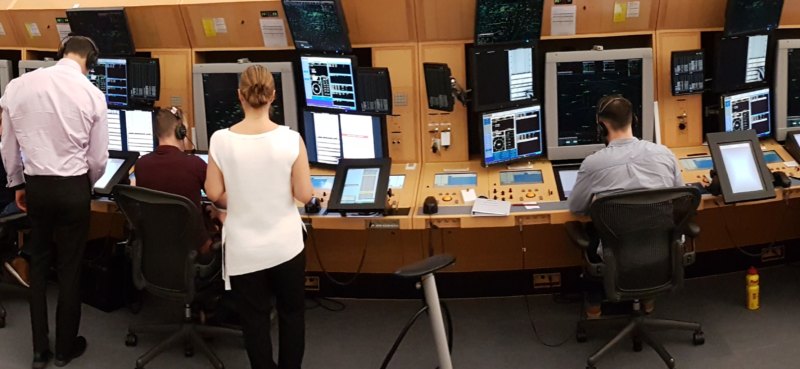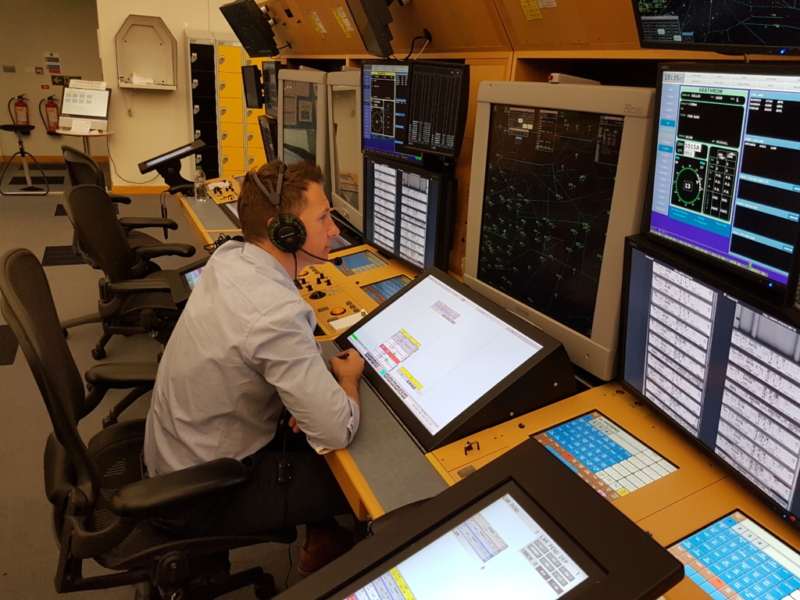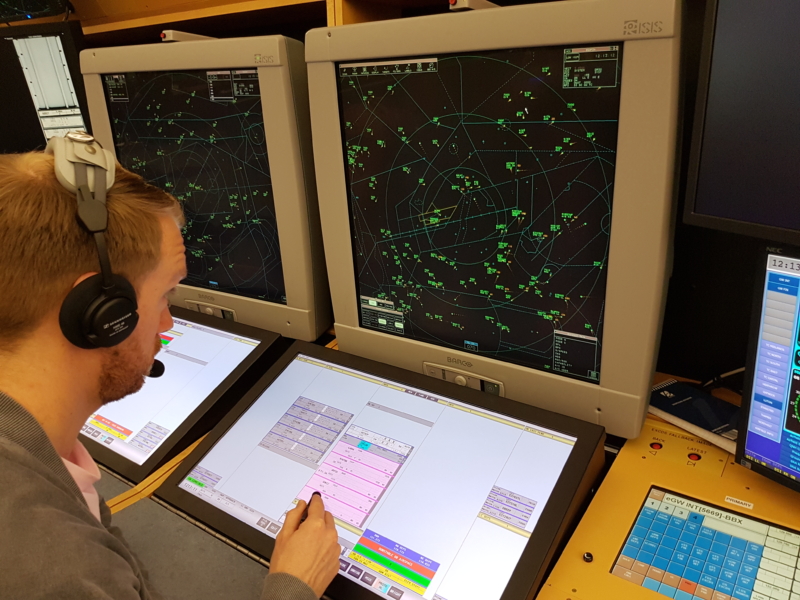Managing the transition from paper to digital
24 January 2018Back in November 2017, we started transitioning controllers in our London Terminal Control Centre from a system of paper strips to a new electronic flight strips tool called EXCDS. It’s vital that we prepare ourselves for the significant growth in air travel that’s forecast for the years ahead and we need new tools, such as EXCDS, to help us do that.
The introduction of the new controller tool is being very carefully phased so as to minimise the impact it has on our airline and airport customers and in turn the flying public. The first phase of the transition saw the North sector of Terminal Control, which manages arrivals/departures from/to the north from Heathrow, Luton, Stansted and London City airports, and several holding areas, move on to the new tool.
The first transition went about as well as we could have hoped for and all the meticulous planning and training paid off and our controllers adapted to using the new tool in an operational environment quickly. The next phase, which will see the Luton and Stansted approach functions switching to the new tool, begins later this month.
Introducing new tools into an operation as busy as that which we operate from the London Terminal Control Centre always brings challenges. Balancing the need to deliver a safe and efficient service in the country’s busiest airspace alongside the requirement to train controllers on a new tool, prepare the operation for the transition, and deliver that transition with minimal impact on the flying public takes a great deal of careful planning and collaboration.
One crucial element of our planning has been collaboration with our customers from the early stages of the planning process. It inevitably takes a little bit of time for controllers to build their confidence using EXCDS in an operational environment to a level which allows them to manage the vast volumes of traffic that pass through the airspace over the South East of England every day.
To help with this, we have worked with our customers to develop plans for managing the flows of traffic flying through those sectors during the initial phases of each transition in order to minimise disruption to the flying public. We also had representatives from the airlines most likely to be affected by the transition at our operations centre during the first transition so that they were on the spot should any operational decisions be needed and will be repeating this for future transitions too.
Delivering EXCDS has involved a huge amount of collaboration between airlines, airports and ourselves over many months. Across all our operations we always try to avoid causing any disruption to our customers and the flying public and indeed every year, more than 99 per cent of the 2.5 million flights travelling through UK airspace experience no air traffic control-related delay.
Working together as an industry has enabled us to put in place plans which we hope will minimise any impact these vital transitions, which are critical to our ability to meet future traffic demand, have on those travelling whilst they are taking place.



Comments
Please respect our commenting policy and guidelines when posting on this website.



24.01.2018
10:07
Alan Burrill
Nice to see a revolution in technology started in the early 2000 progressing. Well done to all involved a great success.